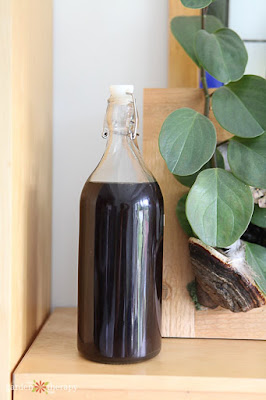When it comes to gardening growing a healthy plant is the goal for every gardener. As a result we tend to look out for various fertilizing options. With immense varieties in the market, we are generally left confused as to which one to use. Be it natural or synthetic fertilizer, choosing the right fertilizer with all the essential macronutrients in the right amount is highly essential for healthy plant growth.
As we are aware, NPK - Nitrogen, Potassium and Phosphorous are the three most important macronutrients for healthy plant growth.
Just to recap, nitrogen is that which is essential for green, lush foliage development.
Phosphorous for flower and fruit production. It also induces healthy root growth.
Potassium helps in cell development in plants which inturn helps for stress tolerant plant development.
Now, we will see what is actually a balanced fertilizer:
A balanced fertilizer is one with equal proportions of all the three macronutrients (NPK). For example 10-10-10. This is the number you see on the fertilizer bag. When you see such identical numbers it means that it is a balanced fertilizer.
Though this may sound great as a fertilizer to plants, each plant requires different nutrients in various ratios. Not all the plants require equal amount of nutrients in the same quantity.
So, altering the ratio based on the kind of the plant is highly essential for good growth of plants.
When you add balanced fertilizers on a regular basis, the excess nutrients will harm the plants.
Now, as we know that balanced fertilizer is not the right option for plants in your garden, what next?
We need to choose the ratio of NPK fertilizer depending on the plant type.
For example, if you are looking to fertilize plants inorder to produce more fruits, then you need to choose a formula with higher middle number inorder to promote more flowers and fruits. Say, for tomato plants you can either choose 5-10-5 formula of NPK or 10-20-10.
When it comes to plants that are grown for its lush green foliage, such as lettuce, it is advisable to go for higher first number formula. Example, 10-5-5. This is because more nitrogen will promote more foliage.
Whereas, during the end of season inorder to prepare plants for the winter stress, you can go for higher last number formula of NPK, where Potassium (K) is more. This will slow down the growth of new tender leaves, which will otherwise be affected by harsh weather conditions and inturn promotes healthy cell structure development. These will help the plant to tolerate the winter stress. In this case you can use 3-10-20.
In case if you would like to use a balanced fertilizer such as 10-10-10 or 20-20-20 formula, do this once a year and water the plants adequately after fertilizing it with a balanced formula, so that the excess macronutrient can diffuse into the soil.
Finally, always try to figure out the need of the plant and then choose the proportion of NPK fertilizer as per the need of your plants and the soil.
















